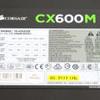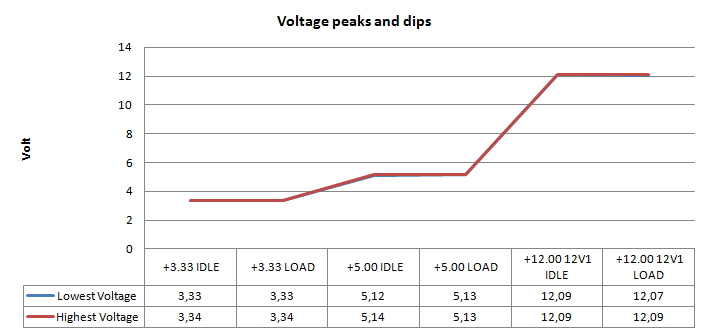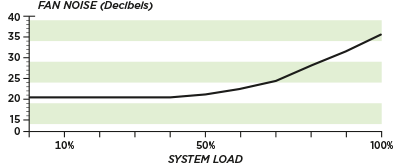Load testing the PSU with multiple GPUs
Stability Testing the PSU
So, during our tests we also monitor the voltage fluctuations as shown below in both IDLE and LOAD states of the PC. We write down the lowest and highest value we see within a certain PC state. The difference is the fluctuation. If a PSU is unstable we'd see a lot of fluctuation, differences and discrepancies which can result in system instability.
This is old fashioned Digital MultiMeter work. Once we've gathered all Voltage results we can place them in an easy to understand chart. Look at the chart, the two lines show both the Idle and Load state of a specific voltage rail, the dark blue one the lowest voltage dip measured, the red one the highest fluctuation. That's your baseline.
So then, ATX specification requires that the PSU needs to stay within a 5% fluctuation; for example, each +12 Volt rail should remain between 11.4 - 12.6 Volts.
As you can see, the PSU when utilized stays consistent as you can hardly even see the blue line, meaning that the PSU is functioning within ATX specified limits. Spot on.
Sound levels (dBA)
With a calibrated dBA meter we look for noise pressure coming from the PSU. The human hearing system has different sensitivities at different frequencies. This means that the perception of noise is not at all equal at every frequency. Noise with significant measured levels (in dB) at high or low frequencies will not be as annoying as it would be when its energy is concentrated in the middle frequencies. In other words, the measured noise levels in dB will not reflect the actual human perception of the loudness of the noise. That's why we measure the dBA level. A specific circuit is added to the sound level meter to correct its reading in regard to this concept. This reading is the noise level in dBA. The letter A is added to indicate the correction that was made in the measurement.
As always we measure 75 CM away from the product (usually the distance between you and a desktop computer).
- At ~280W load you can hardly hear the PSU at 32 DBa
- At ~478W load you hardly hear the PSU at 36 DBa which is still very silent
All in all the PSU simply remains quiet. So thoughout the scope of tests the performance, power draw and noise levels remain very good.



